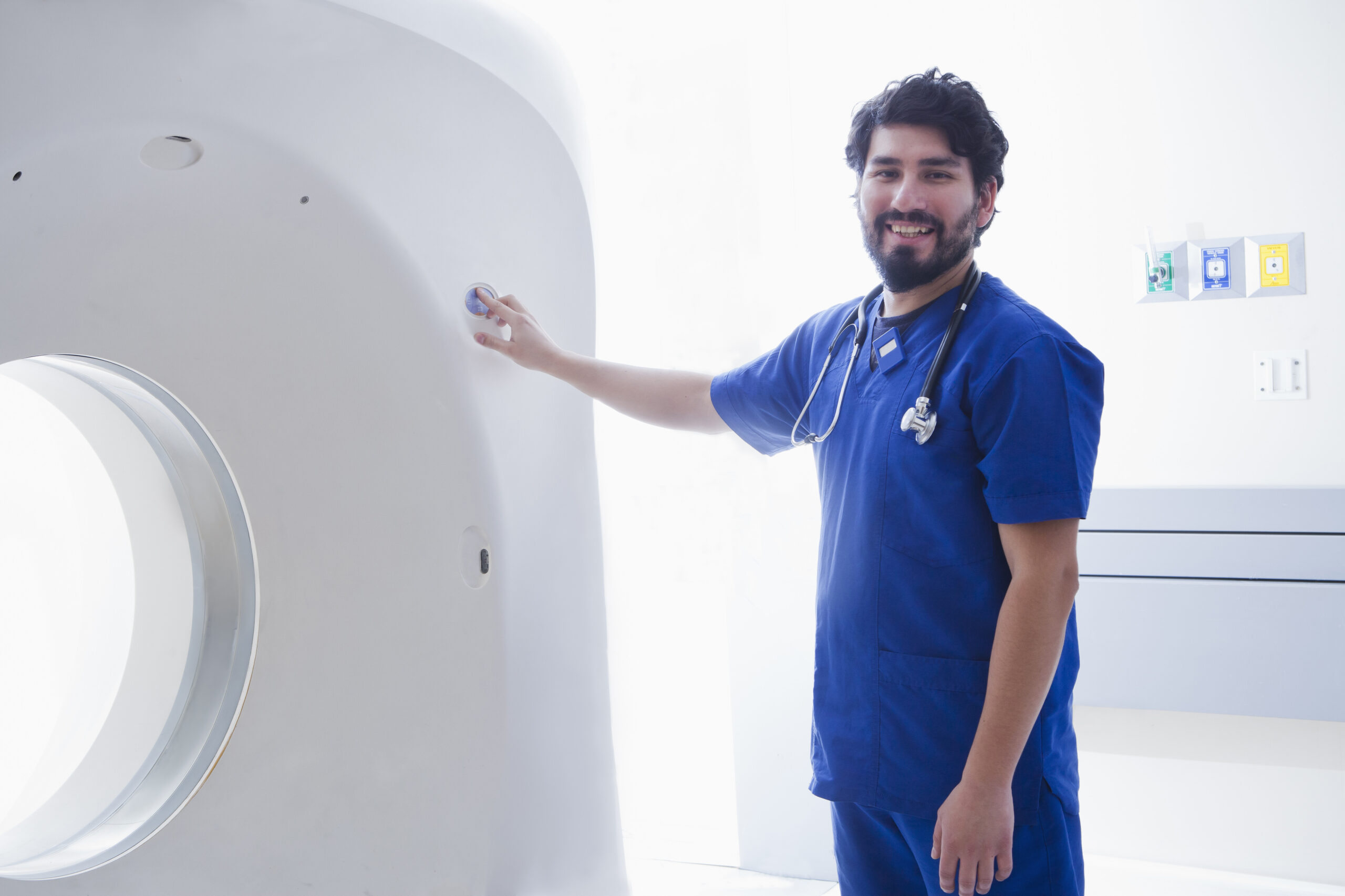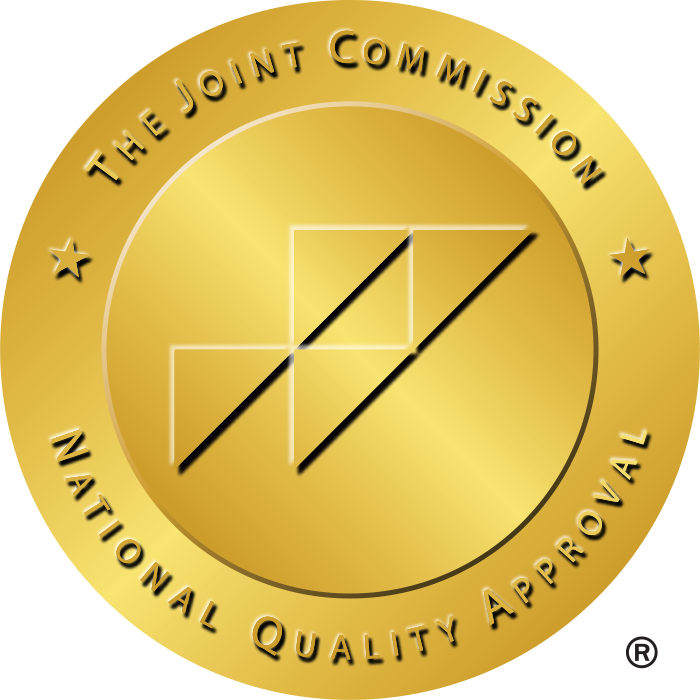Understanding Respiratory Therapy: A Career to Breathe New Life into Patients
Introduction
Respiratory Therapy is a vital Healthcare profession responsible for the evaluation, treatment, and care of individuals with cardiopulmonary illness. Respiratory therapists (RTs) play crucial roles in hospitals, home care delivery, rehabilitation centers, and emergency response teams, ensuring patients receive life-saving respiratory care.1
The rising rates of chronic respiratory disorders (asthma, chronic obstructive pulmonary disease or COPD, long-term sequelae of COVID-19) have led to a soaring demand in the field of respiratory therapy. As the population ages and the percentage of population with acute/chronic respiratory diseases increases, demand for well trained RTs continues to rise.2 Such increasing demand has not only led to more jobs but also a need for aspiring RTs to understand the career pathways, training needs, and salary potential.
If a person has interest in this field, they can search for “respiratory therapist salary” and “respiratory therapist jobs near me” to ascertain possible pay and job opportunities. Understanding the necessary certifications or various roles available within the field and how to advance into those positions also helps RTs-in-the-making practice for decades into the future in this growing field.3
What Does a Respiratory Therapist Actually Do?
Health care professionals specialized in the diagnosis, manage and treat patients with breathing disorders or conditions that affect the heart and lungs. Lung function is a key issue across the continuum of life — from immature lungs in a preterm neonate to chronic obstructive pulmonary disease in older patients, making the field of both pediatric and adult pulmonary physicians some of the most clinically relevant in terms of breadth of scope.4
Core Responsibilities
Here are the different responsibilities an RT is assigned:5
- Assessing and treating patients with lung disease: They evaluate lung function, develop treatment plans, and provide individualized care.
- Operating ventilators and life-support devices in ICUs: In ICUs, they operate and adjust ventilators for patients who are critically ill.
- Administration of oxygen therapy, nebulizers, and airway management techniques · They administer oxygen therapy, nebulized medications, and airway clearance techniques to help improve lung function.
- Administering patient education on respiratory care and disease prevention: RTs educate patients on managing chronic conditions, including asthma and COPD — strengthening health outcomes and staying healthy in the long run.
Work Environments
There are many types of healthcare facilities where respiratory therapists can work, including1:
- Hospitals: Especially in hospital-based critical care units, hospital-based emergency departments, and hospital-based pulmonary care units.
- Home healthcare and rehabilitation centers: Specializing in the outpatient care of patients with chronic lung diseases.
- Outpatient clinics and emergency response teams: Assisting patients in primary medical and serious emergency states.
Respiratory therapists play a vital role in the provision of high-value respiratory care in a variety of clinical settings, contributing meaningfully to patient-centered outcomes.
Educational and Certification Requirements
Respiratory therapists (RTs) are accountable for delivering advanced respiratory control, duties at the respiratory therapist provider should include educating, training, re-educating, and continuing clinical experience of client with respiratory problems. Advancement in the field is one of the most critical factors and can now be displayed through certification, with multiple pathways options opening up into and through the field.
Respiratory Therapists: What They Do and How to Become One
To become a respiratory therapist, you must have a degree in respiratory therapy from an accredited associate’s or bachelor’s program. These programs are accredited by the Commission on Accreditation for Respiratory Care (CoARC), which ensures they meet certain educational and professional standards. Although an associate’s degree is the minimum educational requirement, a bachelor’s degree is increasingly becoming the standard — offering a stronger background that can lead to specialized and leadership opportunities.
Certification & Licensing
In the USA the RT obtains a certification after passing examinations and then is licensed by the state to practice as a RT, which then requires a certified RT in the U.S. to be also a licensed to practice RT by their respective states. These are the two important credentials:
- Certified Respiratory Therapist (CRT): The initial credential required for the practice.
- Registered Respiratory Therapist (RRT): A higher-level credential; this is increasingly considered the standard of clinical practice, particularly in specialty practice areas, such as neonatal and pediatric critical care.
Additional Education & Certification Programs
They may also further their education and training in critical care, neonatal care, and pulmonary function testing. High-risk environments, such as neonatal ICUs, have documented improvement in competency through simulation training and clinical education.
Ongoing education is important for career advancement and increased potential salary. Higher pay and more leadership opportunities tend to go to therapists with higher credentials and specialized training.
It covers the importance of professional development in respiratory therapy and how it can help therapists stay current with the latest trends, technology, and best practices in patient care, all while solidifying their long-term career prospects.
Life at Work and Specialization of Respiratory Therapy
Respiratory therapy has a well-defined career ladder, allowing both clinical and non-clinical growth. Beginning and junior roles offer entry-level experience; top-level and expert positions create opportunities for specialization and leadership.
Entry-Level Positions
The newly credentialed respiratory therapist typically starts work in hospitals, home care agencies, or outpatient centers. All of these settings represent an extensive exposure to respiratory pathology, such as COPD, asthma hospitalization and acute respiratory distress.
Advanced Roles
Respiratory therapists may pursue further training and experience to specialize in critical areas like:
- Pulmonary Function Technologist: Conducts diagnostic testing, including PFTs (pulmonary function tests), wider lung capacity, and function with patients with chronic lung diseases.6
- Neonatal/Pediatric Respiratory Therapist: Assists newborns and children with respiratory difficulties or diseases, usually in neonatal intensive care units (NICUs). Such therapists adjust ventilator parameters, as well as other techniques like lung ultrasound.7
- Critical Care Respiratory Therapist: Provides respiratory care to patients in intensive care units (ICU), such as management of mechanical ventilation and advanced airway support.8
Alternative Career Options Outside of Clinical Roles
There are also non-clinical career options for respiratory therapists, including:
- The teachers and clinicians that shape the next generation of respiratory therapists in universities and simulation settings.
- Researchers involved in developing new techniques and technologies in respiratory care.
- Developing policies and improving patient care whilst in leadership positions in hospital management and respiratory therapy programs.
Overall, this profession offers a clear path for career advancement. From specializations to research and leadership roles, respiratory therapists will always find ways to advance their careers in a way that has a positive impact on the patients they serve.
Salary and Job Market Information for Respiratory Therapist
Having the right therapists in the right places is essential to producing quality care, and as such, RTs are compensated for their skills commensurate with their needs. One of the factors that affect the national average respiratory therapist salary is the individual experience, location, specialization, education level, and ZIP code. RTs are typically compensated competitively with other allied health professions and earn potential increases with advanced certification and specialized skills.
Top-Paying States & Specialties
The salary of respiratory therapists per state varies due to variables like the cost of living and job demands. Probabilities of state licensure requirements and high healthcare needs demand better remuneration. Notably, areas such as critical care, neonatal care, and sleep medicine require advanced skills, which also results in a higher salary for specialized RTs.9
Job Market Trends
With an aging population and a growing number of chronic respiratory diseases, the job market for respiratory therapists continues to grow. Sectors with the highest growth are hospitals, home healthcare, and travel respiratory therapy, indicating a wider variety of career pathways. However, staffing shortages and growing healthcare needs underscore the necessity of bringing more respiratory therapists into the workforce.10
To sum up, respiratory therapy is a high-demand, well-compensated field, and one that provides excellent job security. Salary potential and growth prospects in this evolving field are driven largely by geolocation, specialization, and experience.
How To Find Respiratory Therapist Jobs Near Me
For those seeking accountable jobs searching for a provider in the locations, medical staffing agencies such as StaffDNA and LiquidAgents Healthcare offer a hassle-free method to land the leading work chances. Airway Consulting and RRT Staffing are two agencies that specialize in placing respiratory therapists (RTs) into high-paying positions in hospitals, home healthcare agencies, and travel assignments.
Advantages of Partnering with a Staffing Agency
There are several benefits to RTs partnering with a healthcare staffing agency:
- Contracts That Pay More: Staffing agencies frequently have access to lucrative, higher-paying job opportunities not found on a traditional job board.
- Varying Work Agendas: Agencies offer flexible hours to suit your lifestyle and career aspirations, so you can look for work full-time, part-time, or per diem.
- Travel Respiratory Therapist Jobs: Want to travel? Agencies recruit RTs for opportunities all over the country or even the globe, helping RTs gain more clinical experience while earning more lucrative pay.
How to Apply for Top-Paying Jobs
StaffDNA and LiquidAgents Healthcare both have job-matching platforms that make it easy to apply for the best respiratory therapist jobs. Once a profile is created, RTs can benefit from real-time job posts and salary comparisons and apply for jobs in just a few clicks. RTs can find customized job alerts on these platforms as well as use one-click applications to keep an eye out for possible career moves in the areas of their selection.
Outlook for the Future and Career Paths in Respiratory Therapy
Respiratory Therapy is a fast-growing profession and a strong job market is expected in the future thanks to the growing demand of respiratory-related diseases such as COPD, asthma, and post COVID. Additionally, as the population ages, RTs continue to be in high demand, especially within hospitals, outpatient facilities, and home health care.1
Innovations with Telehealth & Home-Based Therapy
Now RTs are working with telehealth or with patients with chronic respiratory disease in a sort of telehealth that has emerged into respiratory therapy through remote patient monitoring and disease management. Examples of these home-based respiratory therapy solutions that are already showing reduced hospital readmissions are Telerehabilitation and Remote Oxygen Therapy.
Longitudinal Expansion of AI-Powered Respiratory Monitoring
AI is a useful tool for the digitization of processes, allowing for smart respiratory density functions. AI tools enhance the accuracy of diagnostics, optimize the settings for ventilators and help with longer-term management of the disease in the years that follow. Wearable respiratory monitors will now become the norm and will continue to be pivotal for real-time patient data acquisition and also allow for a wider spectrum of RT work.
Limitlessness and Extent of a Career & Unshakability Protection
With increased demand and technological advances RTs can expect good job security and long-term career opportunities. Resilience in telehealth, AI-monitoring or critical care offer the best career opportunities and remuneration for individuals. Respiratory therapy is dynamic and flexible option that offers myriad growth opportunities in a rapidly changing healthcare landscape.
Conclusion
Respiratory therapy is a multifaceted, in-demand healthcare career with plenty of opportunities, job security, and high-income potential. Aspiring RTs must complete an accredited education program, receive CRT or RRT certification, and complete specialized training in sub-disciplines like neonatal care, critical care, and pulmonary diagnostics.
Due to obtaining advanced certifications and specialization in the field, the employment in the positions at remunerative scales with leadership roles in a healthcare facility are a consequential advantage to the career advancement. It is the expansion of career pathways offered by telehealth and AI-enabled respiratory therapy that adds the innovative flare to the industry.
Considering the growing demand for RTs in hospitals, home health, and traveling therapy, it is a good time to look into high-paying job choices. RTs are in great demand in this growing industry, with excellent earning potential and longevity through certification and flexibility.
Ready to Take the Next Step?
✔️ Start your search for high-paying respiratory therapist jobs now!
✅ Click here to download the StaffDNA or LiquidAgents Healthcare app for real-time job openings and salary insights!
👉 Apply Now | Get the App 🚀
References
1. Rickards, T., & Kitts, E. (2018). The roles, they are a changing: Respiratory Therapists as part of the multidisciplinary, community, primary health care team. Canadian Journal of Respiratory Therapy: CJRT = Revue Canadienne de La Thérapie Respiratoire : RCTR, 54(4), 10.29390/cjrt-2018–2024. https://doi.org/10.29390/cjrt-2018-024
2. Apte, K., & Salvi, S. (2022). Respiratory care therapists in chronic respiratory care: The need of the hour. Indian Journal of Respiratory Care, 3(1), 382–387. https://doi.org/10.5005/ijrc-3-1-382
3. Xu, J., Cheng, P., Yu, H., Zhou, N., & Lan, M. (2024). The work experiences and career development expectations of Chinese respiratory therapists: A descriptive qualitative study. Frontiers in Medicine, 11. https://doi.org/10.3389/fmed.2024.1452508
4. Ge, H. Q., Xu, P. F., Qian, X. L., & Shen, W. M. (2022). [The role of respiratory therapy in respiratory rehabilitation of critically ill patients]. Zhonghua Jie He He Hu Xi Za Zhi = Zhonghua Jiehe He Huxi Zazhi = Chinese Journal of Tuberculosis and Respiratory Diseases, 45(9), 848–851. https://doi.org/10.3760/cma.j.cn112147-20220531-00471
5. Bellinghausen, A. L., Butcher, B. W., Ho, L. T., Nestor, A., Morrell, J., Chu, F., & Owens, R. L. (2021). Respiratory Therapists in an ICU Recovery Clinic: Two Institutional Experiences and Review of the Literature. Respiratory Care, 66(12), 1885–1891. https://doi.org/10.4187/respcare.09080
6. Ring, A. M., Carlens, J., Bush, A., Castillo-Corullón, S., Fasola, S., Gaboli, M. P., Griese, M., Koucky, V., La Grutta, S., Lombardi, E., Proesmans, M., Schwerk, N., Snijders, D., Nielsen, K. G., & Buchvald, F. (2020). Pulmonary function testing in children’s interstitial lung disease. European Respiratory Review: An Official Journal of the European Respiratory Society, 29(157), 200019. https://doi.org/10.1183/16000617.0019-2020
7. Elsayed, Y., Sheldon, J., & Gigolyk, S. (2024). The Impact of Respiratory Therapist Performed Point-of-Care Lung Ultrasound on the Respiratory Care in Neonates, Manitoba Experience, Canada. American Journal of Perinatology, 41(S 01), e1539–e1545. https://doi.org/10.1055/s-0043-1768042
8. West, A. J., Nickerson, J., Breau, G., Mai, P., & Dolgowicz, C. (2016). Staffing patterns of respiratory therapists in critical care units of Canadian teaching hospitals. Canadian Journal of Respiratory Therapy: CJRT = Revue Canadienne de La Thérapie Respiratoire : RCTR, 52(3), 75–80.
9. Robertson, R. H. (n.d.). The Effect of State Regulation of Respiratory Therapy Practitioners on Salaries and Vacancy Rates.
10. Danzy, J. N., Gilmore, T. W., Smith, S. G., Endee, L. M., & Wissing, D. R. (2022). A Pre-Pandemic Evaluation of the State of Staffing and Future of the Respiratory Care Profession: Perceptions of Louisiana Respiratory Therapists. Respiratory Care, 67(10), 1254–1263. https://doi.org/10.4187/respcare.09894







